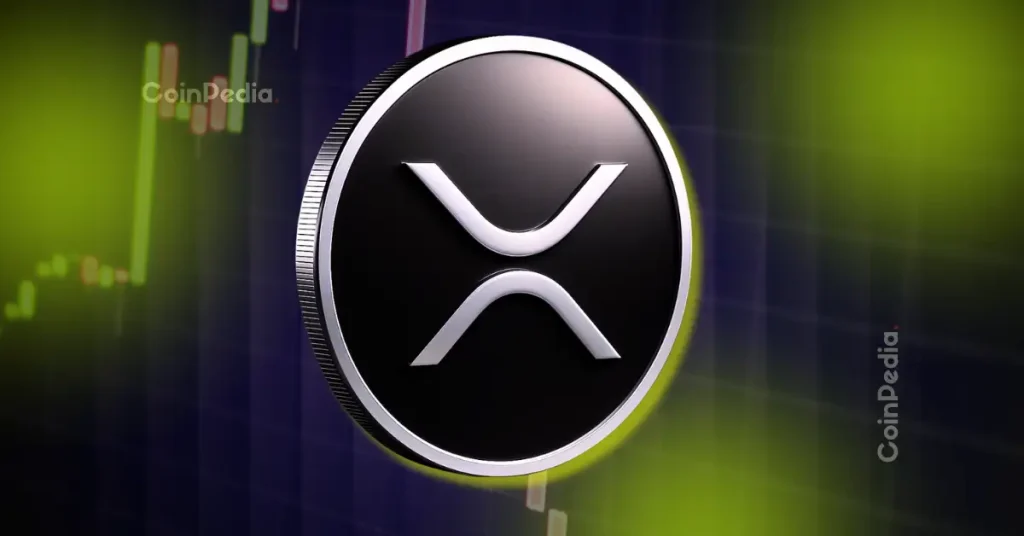Why does PayPal bet on Kite AI as payment layer 1 instead of reinventing the wheel?
Author: Haotian
The Crypto + AI track hasn’t seen such exciting news for a long time: @GoKiteAI has received funding from global payment giant @PayPal Ventures and top VC @generalcatalyst
The $18MA round of financing. Many people are confused and have been flooding the internet with questions, but most are still skeptical. Let me break it down:
1) Why does PayPal bet on KiteAI as the payment layer 1?
Stripe previously announced its direct entry into the Layer 1 space, Tempo. Circle, after years of developing USDC, is planning its Layer 1, Arc. Now, PayPal has also entered the fray through its investment in Kite AI. The underlying logic can be summed up in one sentence: a battle for control of the next-generation payment infrastructure.
Essentially, this exposes the "pipeline crisis" anxiety of these traditional payment giants. Their original business model was to earn the difference in transaction fees and interest on deposited funds. When a new cross-border species like stablecoins becomes popular, they must cater to the new trend and build a suitable payment system.
The only difference is that Stripe and Circle chose to reinvent the wheel, while PayPal bet on KiteAI.
2) Why did PayPal enter the AI+ payment market?
PayPal isn't solely focused on micropayments; instead, through KiteAI, it's integrating AI agents into new scenarios. This is because the pain points of micropayments aren't technically driven; traditional mobile payments are sufficient to support high-frequency microtransactions. However, if AI agents are to automate user payment needs, the logic is significantly different.
An AI agent might call dozens of APIs per second, each of which incurs a fee. This will inevitably lead to a 24/7, fully automated micropayment network based on logic rather than emotion. Traditional payment giants understand this: when AI agents begin conducting autonomous transactions on a large scale, existing payment systems simply cannot sustain them.
Think about it, a shopping agent has to complete price comparison, inventory confirmation, order payment in milliseconds. Each link involves micropayment and trust verification. How can the current centralized clearing system of Visa and Mastercard cope with it?
Therefore, PayPal's bet on KiteAI is actually a double bet: it wants the next-generation Crypto payment infrastructure, and it wants the trillion-dollar new market of the AI Agent economy.
3) Why is it necessary to develop an AI layer 1? What are the advantages of KiteAI?
While current public chain fee models are designed for high-value transactions, AI Agent microtransactions completely change the rules, generating a continuous, high-frequency, low-value transaction stream. Dozens of API calls can occur per second, hundreds of decisions can be made per minute, and tens of thousands of microtransactions can easily occur per day.
This creates a vicious cycle: if the transaction value doesn’t cover the handling fee costs, the AI Agent economy concept won’t work. Even the cheapest layer 2 can easily paralyze the network when handling the concurrent micro-transactions of a large army of AI agents.
In response to this, KiteAI has anchored the three major directions of identity, wallet, and rules in the AI Agent track, mainly to achieve AI Agents that are both autonomous and controllable.
For example, if an AI Agent wants to perform a procurement task, its "Agent Passport" will limit the procurement scope and budget, while the "Wallet System" will support native batch micropayments, and the "Rule Engine" will support abnormal risk control detection and real-time interception.
To put it simply, it redefines the infrastructure standards for AI agents. However, components alone are not enough; a consensus mechanism specifically adapted for AI is also needed: KiteAI's solution is to use a state channel system + PoAI consensus.
On the one hand, massive micro-transactions are packaged and processed off-chain, and only settled on-chain at key nodes, which ensures efficiency and maintains decentralization; on the other hand, an economic incentive mechanism is built into the protocol layer. Whoever's data improves the model effect and whose service completes the task will be rewarded.
4) Why is Wall Street willing to invest in KiteAI?
In fact, KiteAI's team configuration is very much in line with PayPal's appetite. Wall Street invests more in team configuration:
@ChiZhangData, a Berkeley AI PhD, leads product development at Databricks. @scottshicsEinstein works on AI infrastructure and built a security analytics platform from scratch at Uber. Furthermore, key individuals from NASDAQ, PayPal, Ripple, and OpenAI can be found among the angel investor community.
These individuals aren't pure crypto-native idealists; they're practical individuals who truly understand enterprise needs, compliance, and how to commercialize technology. In the current narrative window of targeting Wall Street, this setup is practically tailor-made for telling Wall Street stories.
Think about it, General Catalyst, a top VC with $33 billion under management, invested in two rounds in a row because it was attracted by KiteAI's rare combination of "understanding both AI and payments."
You May Also Like

Why Savvy Investors Are Bravely Buying The Dip Now

Ripple News: XRP Price Breaks Below $2 Amid ETF Race, Bitwise Trails Canary

